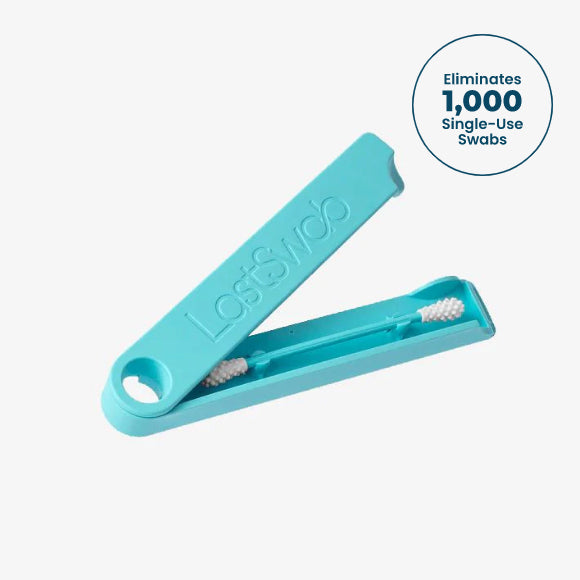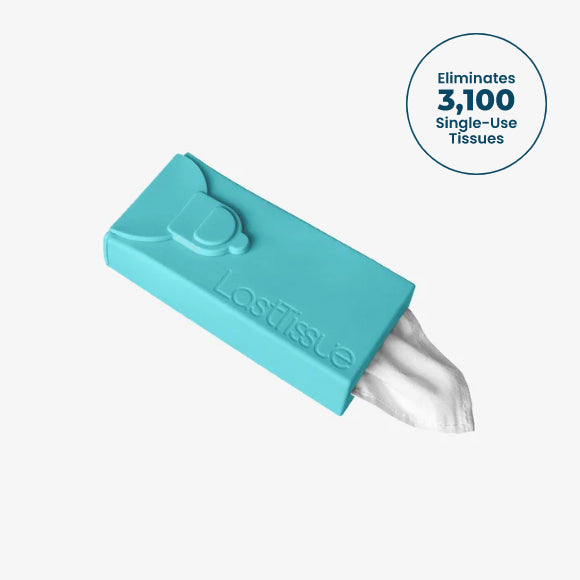Recycled Cotton Vs Organic Cotton – Which One Is Better?
May 14, 2020Historically, fashion and textiles have been some of the least sustainable of industries. However, they have made great strides in improving their environmental impact of late. Two of these advancements relate to cotton. There are now significant efforts being made to grow cotton organically. At the same time, infrastructure has been put in place to recycle used cotton. Environmentally-minded consumers may then ask: which is better, recycled cotton or organic cotton?
Recycling, like many things, can be complicated. Different materials can be recycled more efficiently than others. Additionally, recycling uses resources and produces greenhouse gases. Growing organic cotton, too, is a complex affair. It reduces harmful pesticides, but is still a resource-heavy process. This article further illuminates these two areas.
What Is Recycled Cotton?

What is recycled cotton? Is cotton recyclable? The simple answer is: yes, it is. Recycled cotton is used cotton fabric that is converted into fiber for new textile items. Other terms frequently used to describe it are ‘regenerated’ or ‘reclaimed’ cotton.
There are two major sources for recycled cotton. Pre-consumer material includes the scraps and by-products of the cotton manufacturing process. Post-consumer material refers to the items that have been bought and used. These can be clothing items, towels, bedsheets, furniture upholstery and many other things.
The vast majority of recycled cotton comes from pre-consumer materials – mainly scraps and cuttings. Post-consumer material is much harder to sort and recycle. This is because it is often blended with other materials and has been colored. This makes it a more labor and resource-intensive process, which in turn, makes it less efficient to recycle.
What Is Organic Cotton?

Organic cotton is a material that has the same textile quality as regular cotton. However, it is produced without causing the same level of environmental damage. The cotton seeds used to grow it are not genetically modified. There are no harmful pesticides, insecticides, or chemical fertilizers used. Additionally, ethical and non-environmentally harmful farming practices are employed. These include crop-rotation and no-till farming, which help to conserve the soil.
Another important aspect of organic farming is that it safeguards those making it. The farmers and workers who tend to it are not exposed to harmful chemicals and substances. There are a number of organizations that bestow certification on organic cotton. This includes groups like Organic Content Standards, USDA-NOP, and Naturland. If organizations such as the above haven’t certificated a cotton yield, you can’t be sure it’s organic.
What Are The Advantages And Disadvantages Of Each?
Organic Cotton
There are many advantages to the development of organic cotton. The certification process facilitates traceability along the supply chain, which guarantees the organic integrity of the material. The organic growing process improves the biodiversity of the crop’s ecosystem. It also includes environmentally friendly alternatives to pesticides and fertilizers.
These practices, along with others such as the use of growth-encouraging insects, don't harm the environment. Additionally, they pose no threat to the health of those tending to the crops. Water is also used more efficiently, and thus less is needed. Ultimately, the quality of organic cotton is also very high. It’s durable, long-lasting, and feels great on the skin. The lack of chemicals in the production process also makes the cotton hypoallergenic.
However, organic cotton production is not a perfect process. To begin with, it’s a less efficient approach in terms of crop yield. This is because non-organic cotton is genetically altered to produce larger amounts. The result of this is that organic cotton takes more space to grow a similar amount. This can result in more deforestation to make the amount of room needed. Additionally, organic cotton does still require a large amount of water. This is an area that has seen improvements recently. Nevertheless, it is still a resource-heavy production process in this regard.
Recycled Cotton
Recycling cotton entails significantly less water consumption than growing it. When we recycle cotton, we also save it from being dumped in a landfill. This limits the amount of material causing greenhouse gases in garbage dumps. There is also a wide range of potential uses for recycled cotton. It can be made into cleaning cloths, insulation, clothes, mop heads, and much more.
However, recycling cotton does have some drawbacks. The process does negatively affect the quality of the material. This means that recycled cotton fabric has to be mixed with synthetic fibers. This includes materials such as polyester. Synthetic materials are much less environmentally friendly. On top of this, the impact on quality means that cotton can’t be recycled continuously. Furthermore, the recycling process uses resources, which further contribute to its carbon footprint.
It should be noted that while both organic and recycled cotton have their drawbacks, they are continuously being improved upon. Progress is being made all the time to make both more environmentally friendly. Ultimately, recycled and organic cotton are both preferable to regular cotton.
Recycled And Organic Cotton In Numbers
Now that we have a better understanding of the pros and cons, lets look at the numbers. What are the statistics for how these materials affect the world?
Recycled Cotton
- Recycling cotton saves around 20,000 liters of water for each kilogram processed.
- Recycling saves it from going to landfills. Currently 92 million tons of textiles are sent to landfills each year globally.
- The recycling process weakens the cotton. Some labels can’t use more than 20% recycled cotton to meet their quality standards.
Organic Cotton
- There are 222,134 organic cotton farmers in the world.
- 418,935 hectares of certified organic farmland currently exist.
- 19 countries grow cotton fiber.
- Organic cotton uses around 91% less water than regular cotton.
- Less than 1% of the global cotton trade is certified organic.
Is Recycled Cotton Worth It?

Just how difficult is it to recycle cotton? What are the major pitfalls that people face when trying to recycle it? Let’s take a close look at the process itself.
To fashion new textiles out of used cotton, this first needs to be cut up into raw material. However, in doing so, the quality of the cotton is reduced. This is because the staple length is shortened. The staple length is what determines the cotton’s strength and softness. The longer this is, the better the cotton.
Accordingly, recycled cotton needs to be blended with virgin cotton or synthetic materials. What’s more, the process uses up resources, as does the transportation of the material. This means that the whole process isn’t as sustainable as many would like.
Recycled Cotton Vs Organic Cotton: Is There A Winner?
So, is there a clear winner between recycled cotton and organic cotton? The simple answer is no, there isn’t. In fact, the better question to ask is: how can we make both more sustainable? Work needs to be done to lessen the environmental impact of both types of cotton. Organic cotton farming needs to be made more efficient and progress must be made on generating higher quality recycled cotton.
That being said, they are both much better than regular cotton. For consumers, the most important thing is to reduce your own carbon footprint. It’s certainly preferable to recycle cotton than to send it to a dump. Buying organic cotton is also much greener than buying its regular alternative.
MORE Sustainability 101 ARTICLES View all ›
Ready to make
the switch?
- Powerful Cleaning
- Dissolves Easily
- Skin-Friendly
- Eco-Friendly
- No Mess














